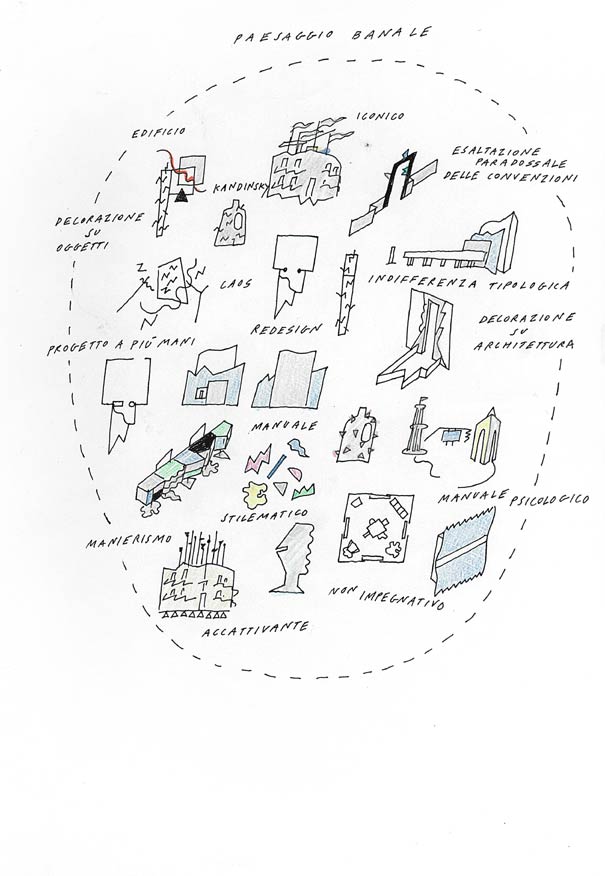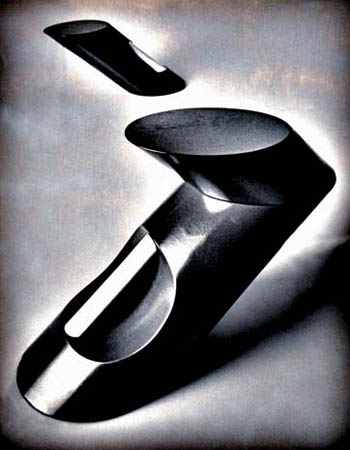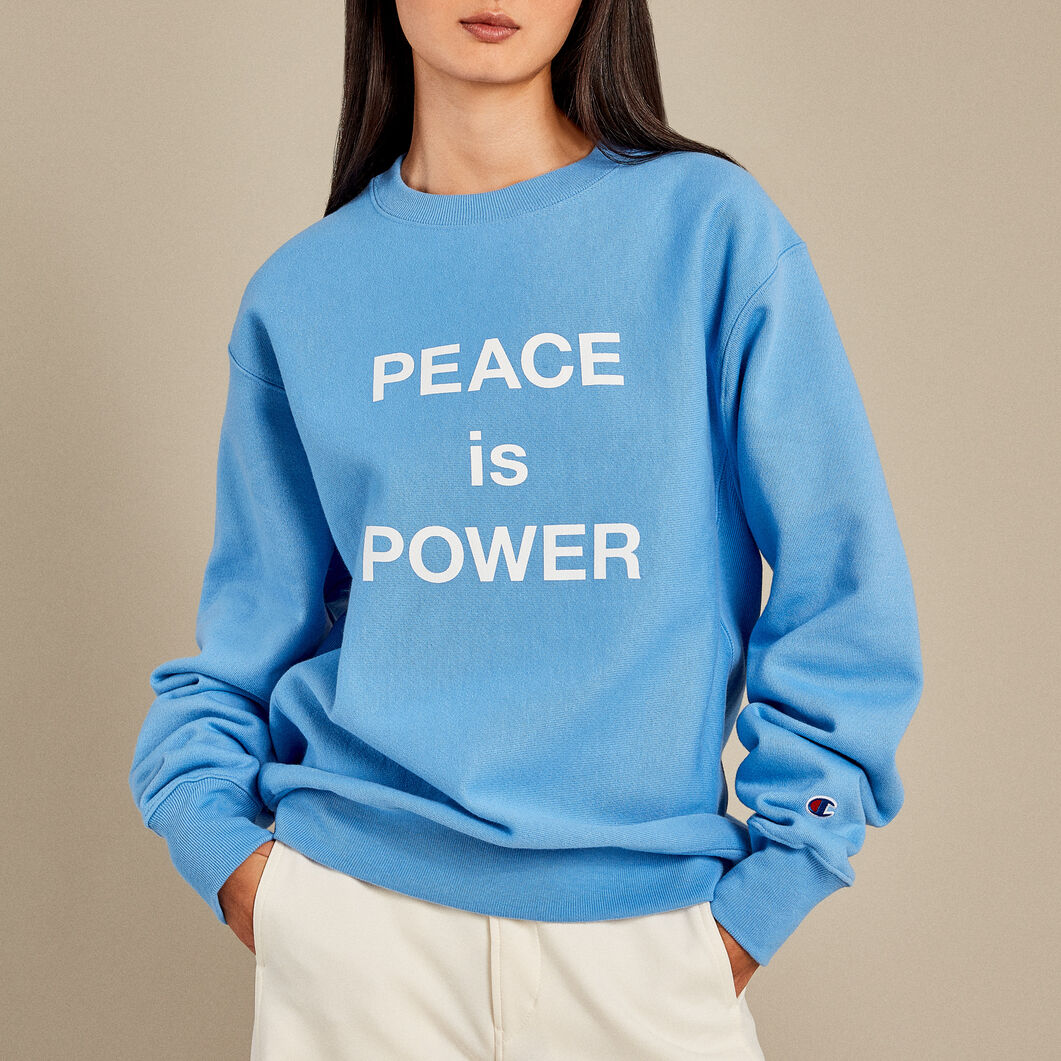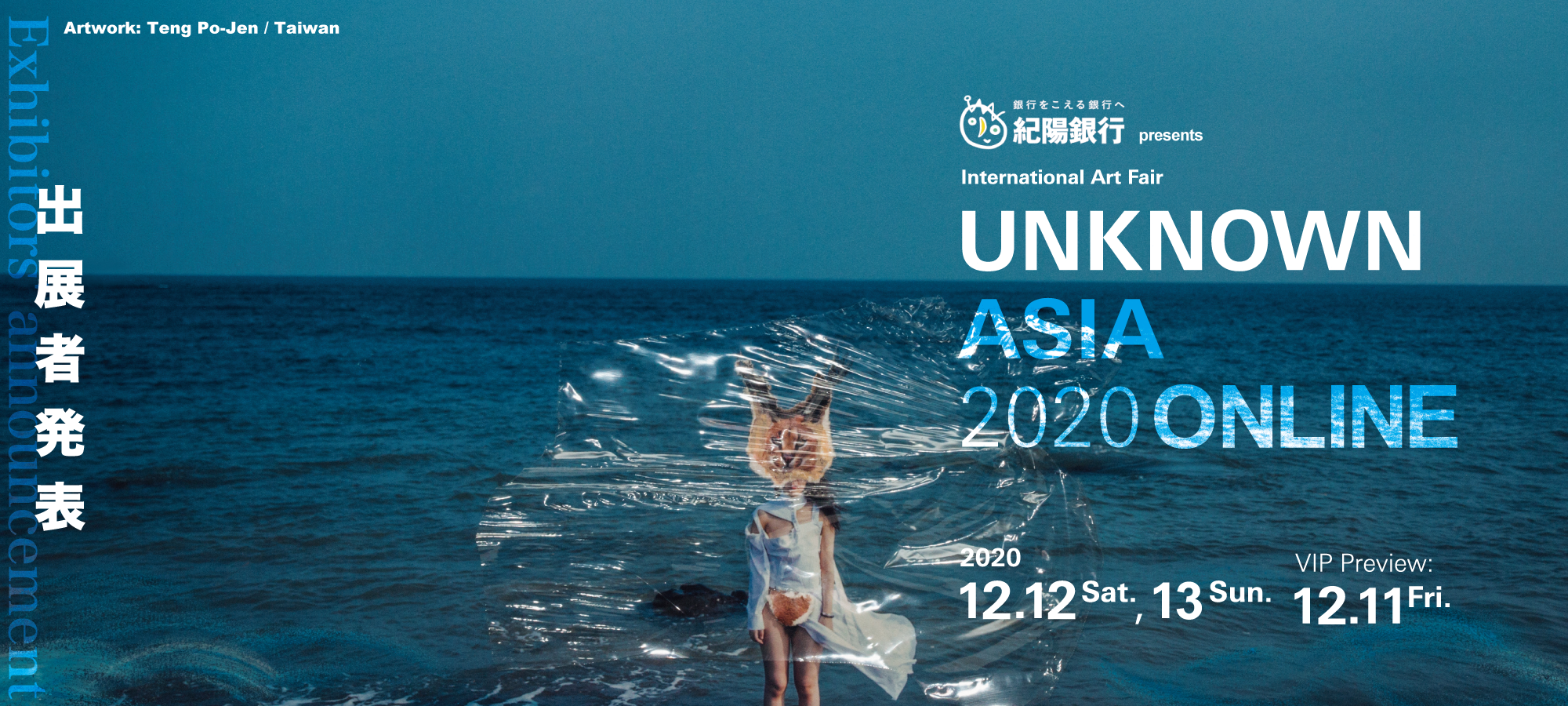ALESSANDRO MENDINI
PEOPLEText: Stefano Casciani
At the time of another Architecture Biennale, the first and most ‘scandalous’, you staged a show under the highly provocative title The Banal Object. Is there anything in common between that hypothesis and the one presented today?
Our survey on ‘The Banal Object‘ was very important at the time, since it helped us to understand the limits and scope of domestic design. With the “Piazza” we had already hit on a number of possible solutions and ways out of that dimension.
Now, with City of Towers, we are again addressing the matter of differences in scale – from the large dimension of architecture to the much smaller one of objects. There can also be something heroic about facing this kind of simplification… I might say that the idea of the ‘banal’ has, if anything, become a philosophical preface to design as a whole. Ever less concerned with heroism, we have come to accept that the emotions aroused by an object may not be as intense as those stirred by a building. It makes an interesting paradox – the instruments of ‘large’ design applied on the ‘small’ scale – and one that we certainly wanted to explore through this adventure into the world of possible things.

Landscape Banale, Alessandro Mendini, 1979. Image from Permanent collection of Francesco Moschini and Gabriel Vaduva A.A.M (Art Architecture Modern)
An adventure that won’t be over all that soon… When is the concrete conclusion of City of Towers expected, and when will these ideas become real products?
At the Venice show we are exhibiting the project results in their present state – the basic ideas, a few prototypes and images of the objects in their embryonic stage. The whole thing is very unpredictable and could change, even decisively, at any point. This aspect of uncertainty was also accepted by the architect designers. Indeed, in some cases they themselves changed their ideas, and, whenever possible, we have tried to follow the workings of their minds. However, the deadline that we have set for the presentation of the final results, the realized objects and their communication, is 2004.

Shigeru Ban
Twenty years after George Orwell’s 1984… Aren’t you struck by the fact that we are now so deep into the future yet still relying on instruments of thought and design from the past century?
Maybe that is also why we have tried to re-create an imaginary landscape of objects through the languages of architects who were born in a not too distant past and who have their eyes very closely fixed on the present. This project may not be the future; it is perhaps a present pushed slightly forward. Nevertheless, it can open up horizons of great interest.
Text: Stefano Casciani
Photos: Carlo Lavatori








